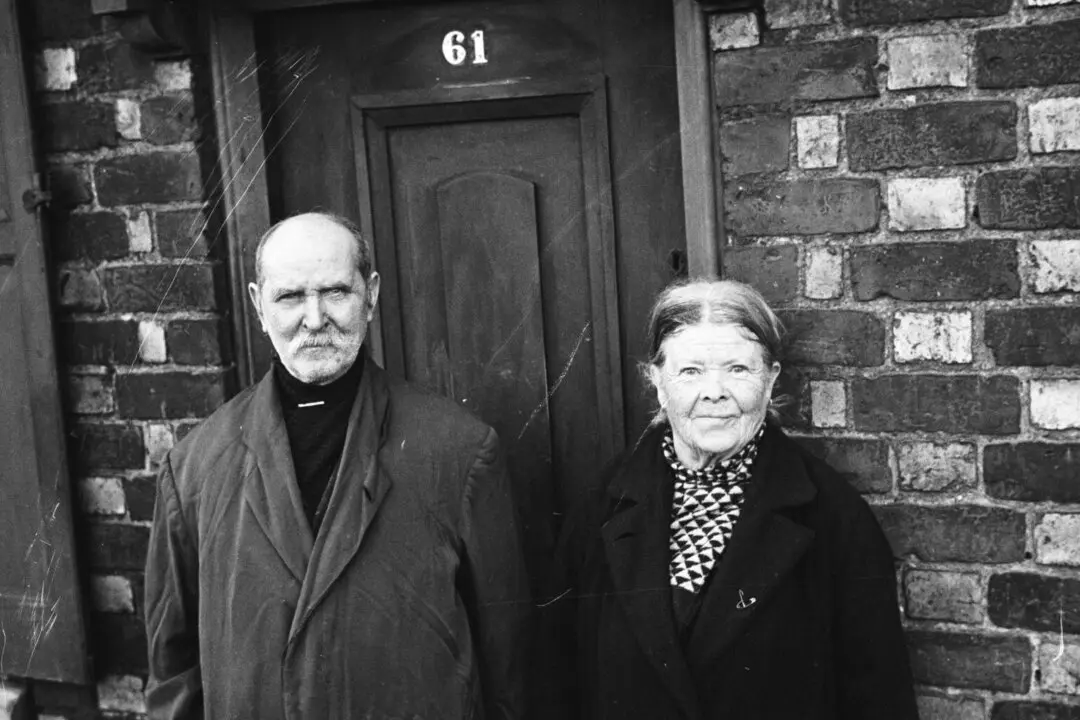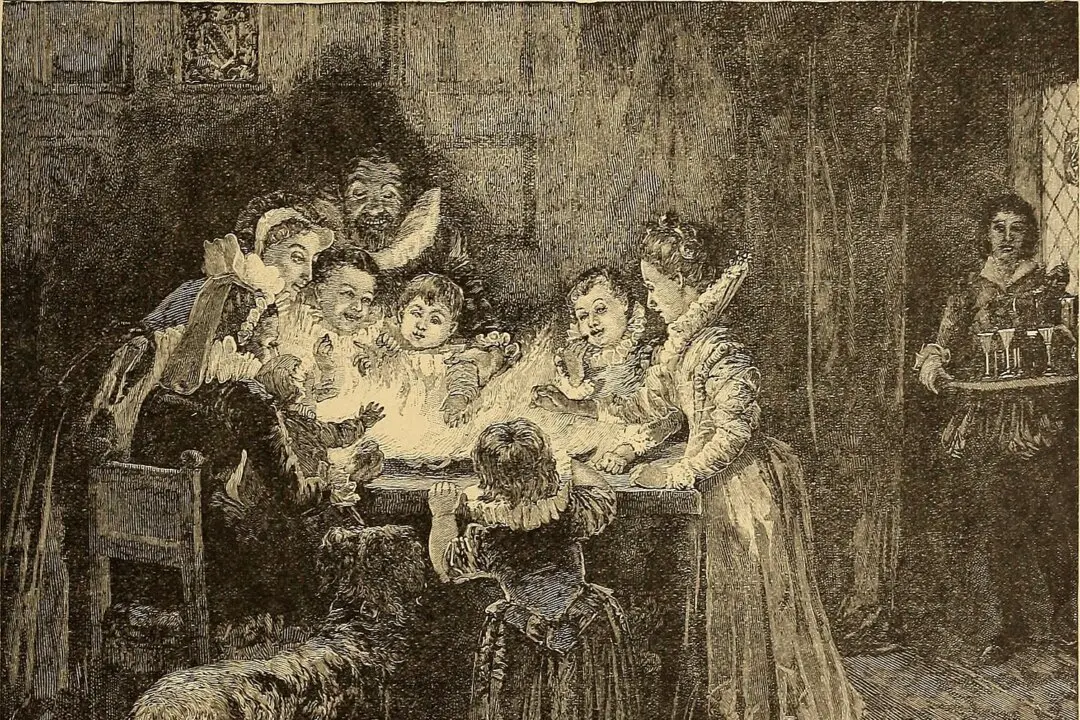Parents, and fathers in particular, have a responsibility to protect their families. There are plenty of “wolves” out there, looking for unprepared and unprotected sheep to harm. Fathers should be “sheepdogs” who keep the wolves at bay. This article offers a primer on ways to minimize risks and keep your family safe in public and online.
Use Cooper’s Color Codes
Our main goal should be to avoid dangerous situations before they happen. According to bodyguard and personal protection expert Nick Hughes’s book “How to Be Your Own Bodyguard,” 75 percent of self-protection takes place before an attack. Hughes writes that the “soft-skills” of personal protection—avoidance and deterrence—are more important than the “hard-skills”—the use of force. “If you [put] into practice the soft skills, the chances of you ever needing the hard skills will be greatly diminished.”Perhaps the most important rule for keeping yourself and your family safe is to remain alert and aware of your surroundings so you can proactively avoid danger. This is referred to as “situational awareness.” One way to foster this habit is to monitor your awareness levels using the Color Codes of Marine Lt. Col. Jeff Cooper, laid out in his book “Principles of Personal Defense.” In Cooper’s system, each color represents a potential degree of awareness and readiness to address a threat.






